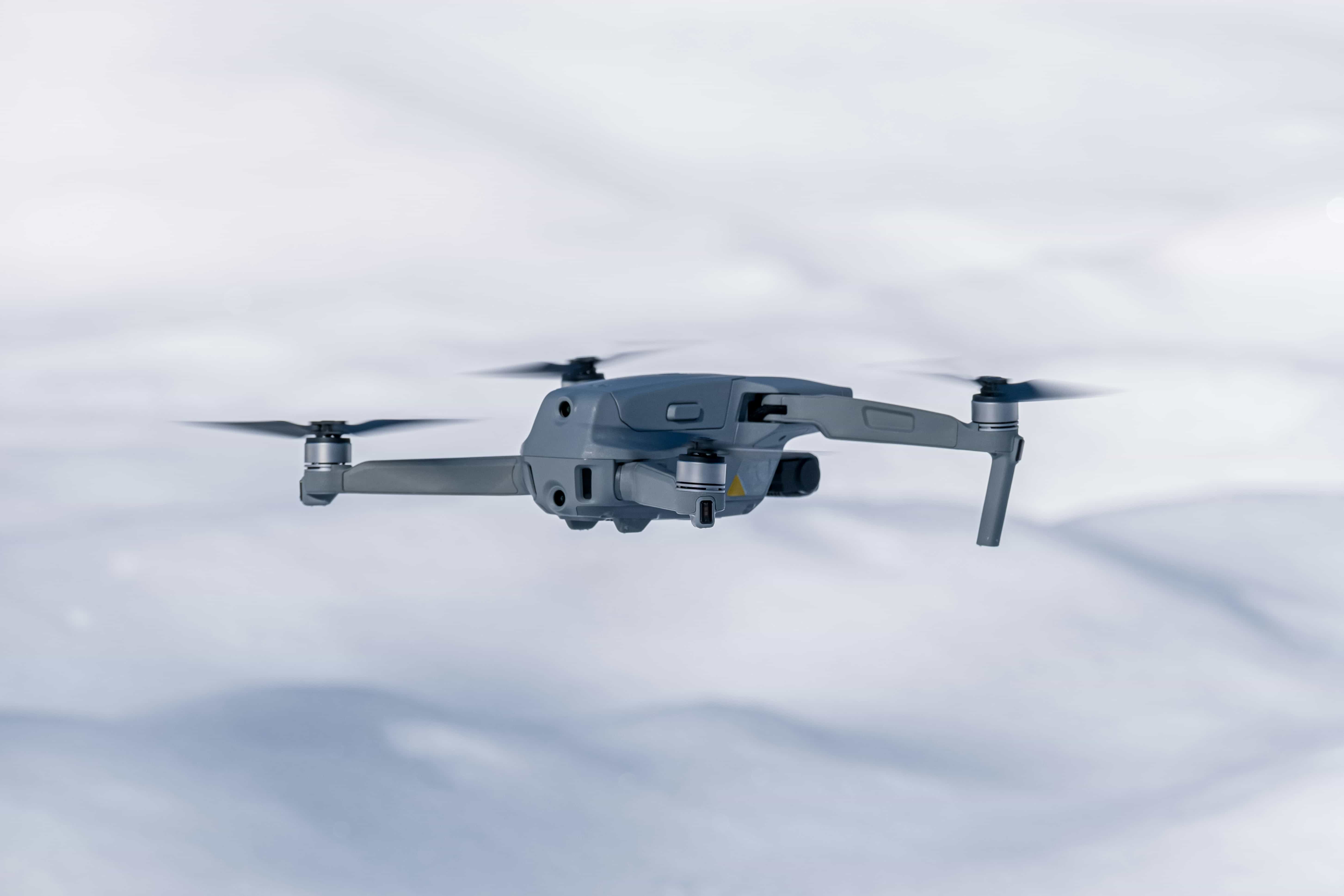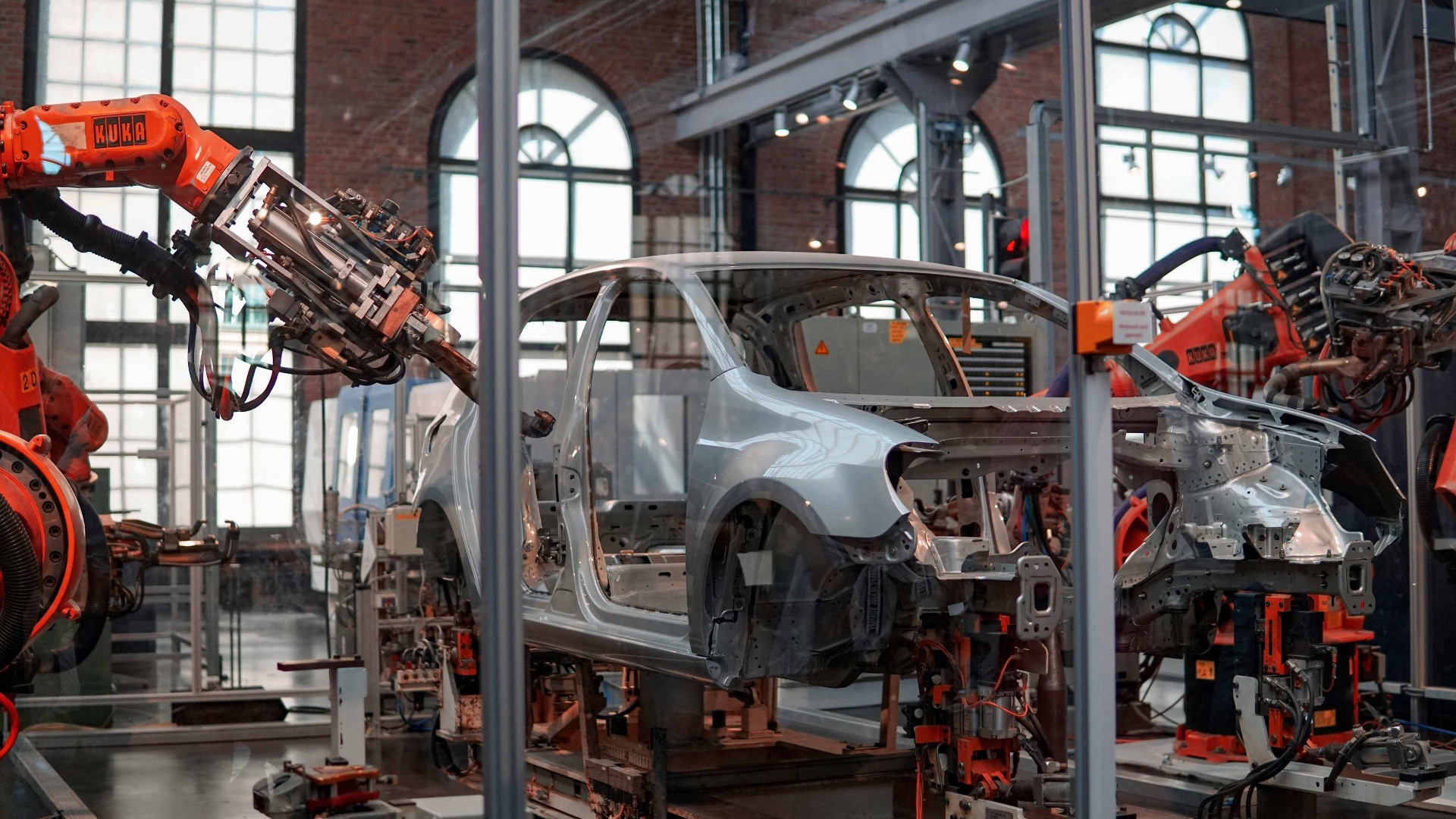Drones have captured our imagination as the delivery vehicles of the future, promising faster services, reduced emissions, and access to remote areas. In healthcare, where quick and reliable transport can save lives, drones seem like a perfect fit. But are they really practical for delivering critical items like blood samples or medicines? A recent study dives into this question, looking at whether drones can outperform traditional transport methods like vans in healthcare logistics. The results show promise but also reveal big hurdles related to cost and practical use.
Why Drones Could Transform Healthcare
In healthcare, time is often critical. Delivering blood samples, medications, or emergency supplies quickly can make a significant difference in patient outcomes. Drones have several advantages: they’re fast, they can avoid traffic, and they can reach remote areas that traditional vehicles struggle to access.
This study focused on two areas in the UK: the urban city of Southampton and the rural Isle of Wight. These regions were chosen to explore how drones perform in different environments. In both cases, drones proved to be much faster than traditional vans. In some scenarios, delivery times were cut by as much as 70%, meaning medical supplies could reach labs or clinics much faster.
Faster deliveries could help speed up diagnosis and treatment, potentially saving lives. In rural areas, where access to healthcare is often delayed by long travel distances, drones could be particularly useful. However, the study also found that many traditional transport systems, such as electric vans, already meet required delivery times for non-urgent cases, which limits the advantage of drones in everyday scenarios.
The High Cost of Speed
While drones excel at speed, their cost is currently a major obstacle. The study revealed that operating drones - factoring in equipment, labor, and maintenance - is significantly more expensive than using vans. For drones to be financially competitive, their costs would need to drop by as much as 82% in some cases. Even with advances in automation, such as self-flying drones that reduce labor costs, achieving such a reduction is a tall order.
The researchers used a logistics model to simulate different scenarios and found that while drones might become cheaper over time, their current expense makes them impractical for widespread use. Electric vans, which are cheaper to operate and more environmentally friendly than gas-powered vehicles, remain the most cost-effective option for now.
Practical Challenges for Widespread Use
Beyond cost, drones face several practical challenges that limit their potential in healthcare. For one, hospitals and clinics would need to invest in landing infrastructure, such as helipads or specialized zones, to make drone deliveries feasible. Alternative solutions, like using winch systems to lower packages, could help but would still require significant changes to existing systems.
Regulations also pose a barrier. Airspace management for drones is complex, and ensuring their safe operation alongside other aircraft is a challenge that needs to be addressed. Additionally, in urban areas, where healthcare facilities are already well-connected by roads, the benefits of drones are less pronounced.
Another issue is that while drones can deliver items quickly, the broader healthcare system might not be able to take full advantage of this speed. For instance, even if a blood sample arrives faster at a lab, processing times or delays in treatment might offset the benefits of rapid delivery, especially for non-urgent cases.
Where Drones Could Shine
Despite these challenges, drones still hold significant potential in specific areas. For emergencies, where every second counts, drones could deliver life-saving medications or equipment quickly and efficiently. They could also be a game-changer in remote areas with poor road infrastructure, providing access to healthcare supplies that might otherwise take hours or days to arrive.
The study suggests that instead of replacing traditional transport systems entirely, drones could complement them as part of a multi-modal logistics network. For example, vans could handle routine deliveries while drones tackle urgent or hard-to-reach cases, creating a more efficient and adaptable system overall.
Looking Ahead
While drones are not yet ready to revolutionize healthcare logistics, their potential is undeniable. Continued research and investment are needed to make them more cost-effective and practical for everyday use. Advancements in automation, better infrastructure, and clearer regulations could all help pave the way for wider adoption in the future.
This study serves as a reminder that while technology can provide exciting new tools, implementing them on a large scale requires balancing innovation with real-world challenges. For now, drones are likely to remain a niche solution in healthcare logistics, reserved for the most time-sensitive or geographically challenging cases. However, as costs come down and systems improve, they could play a crucial role in shaping the future of medical deliveries.


